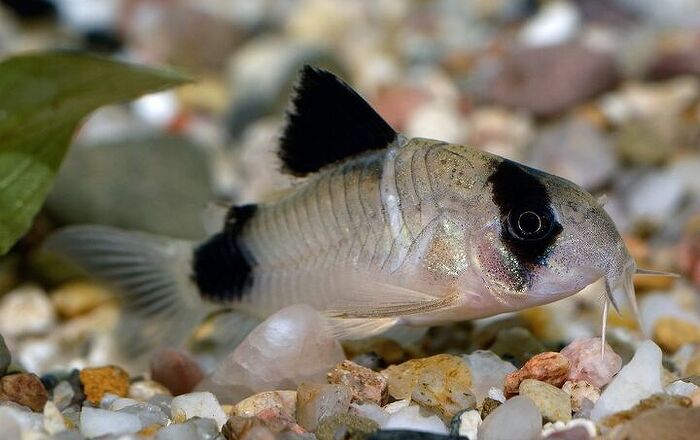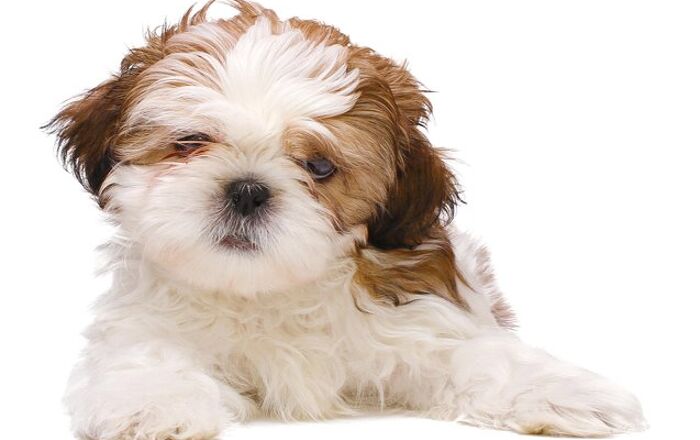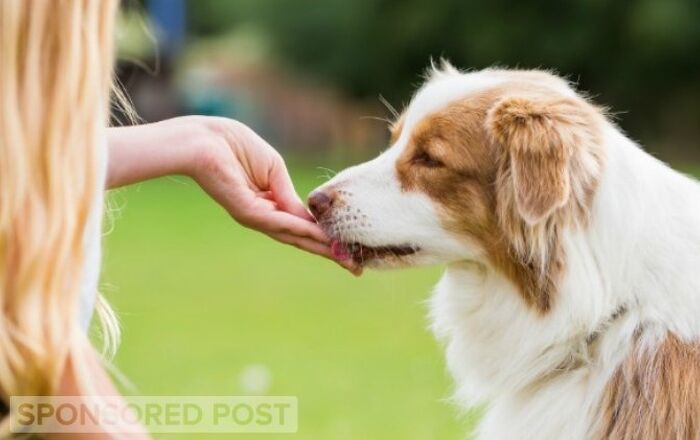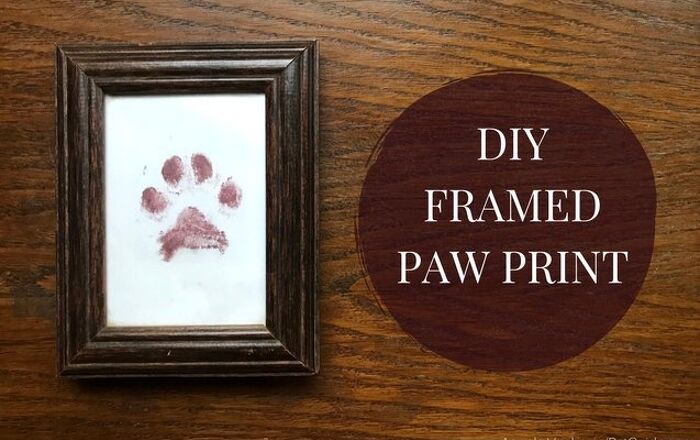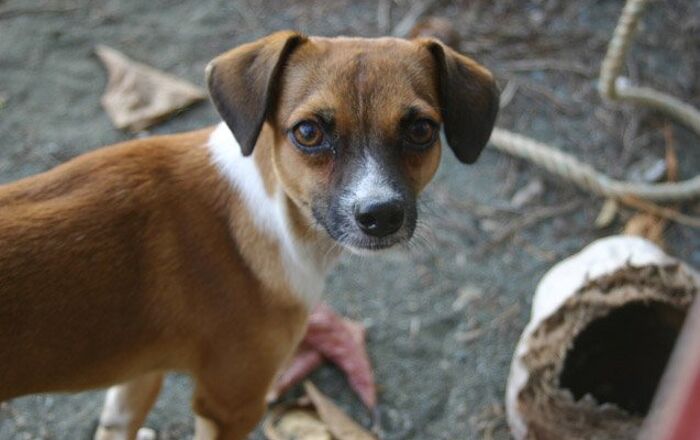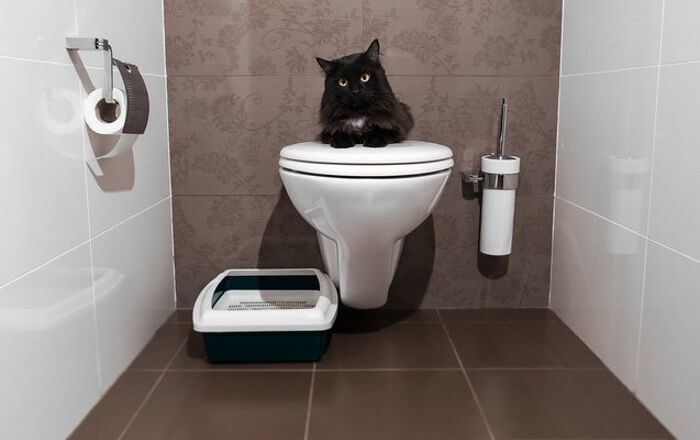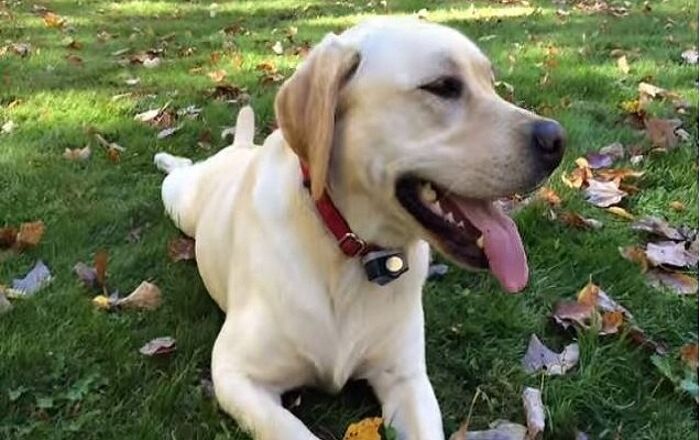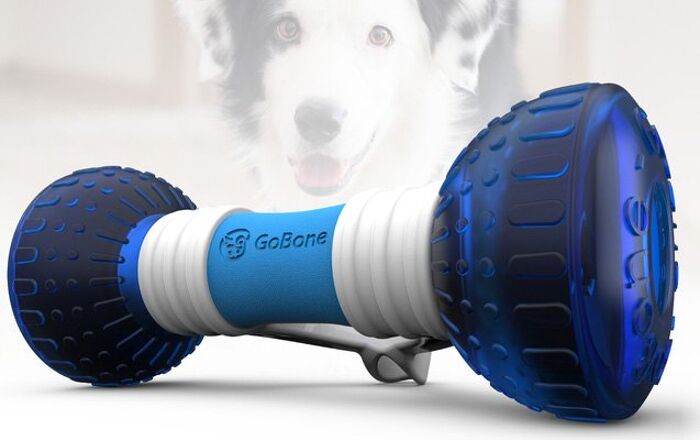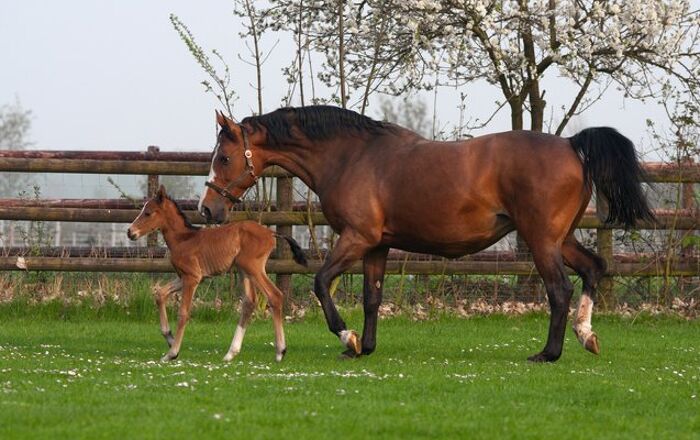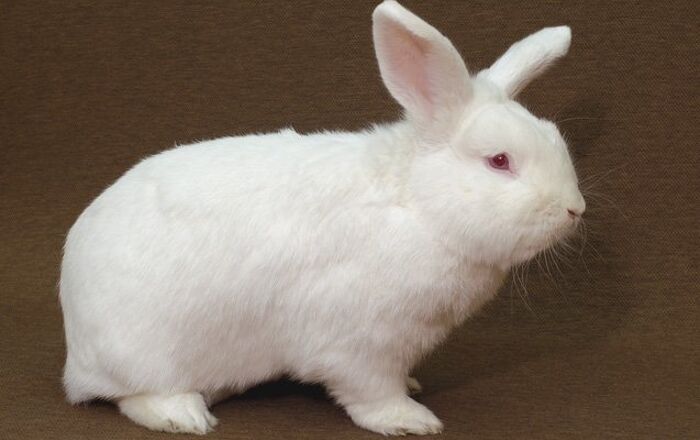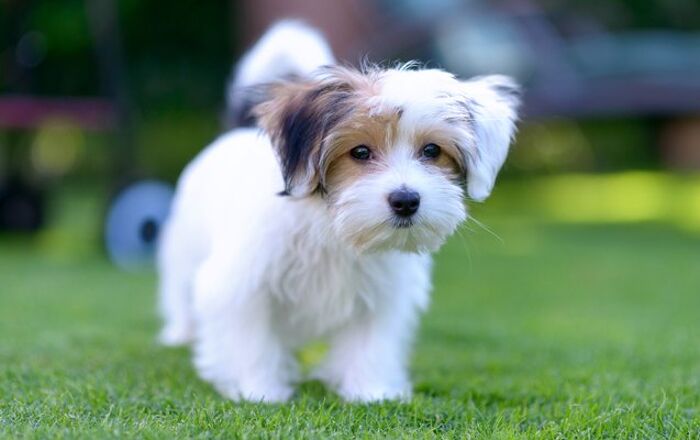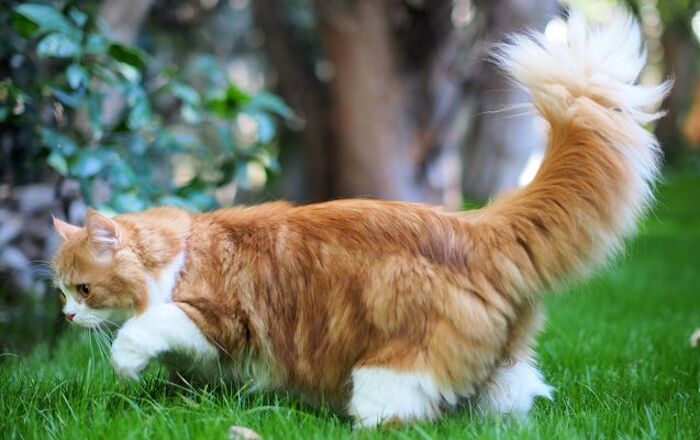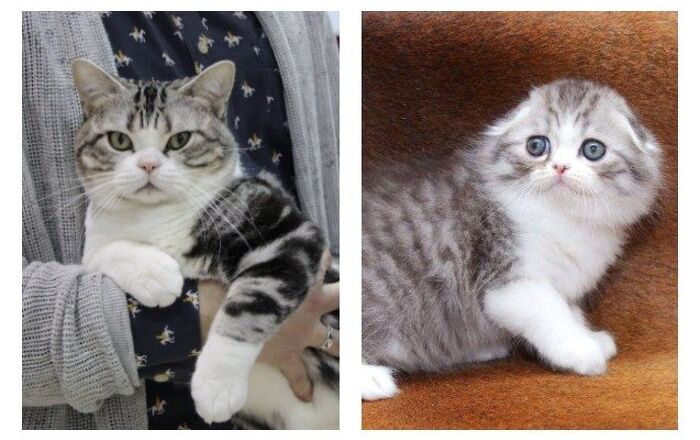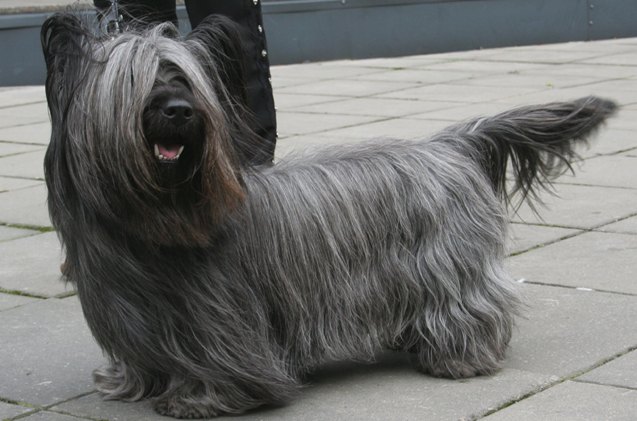
Skye Terrier Basics
With a long, flowing and luxurious coat, people tend to underestimate the feistiness of the Skye Terrier. Originally bred to seek out and kill vermin; this handsome guy has not lost him instinct to chase things down. These days it is usually a neighborhood cat or child. For this reason, a fenced yard is best for the Skye Terrier. This chase instinct isn’t always bad as you can rest assured that your yard will be free from rabbits and squirrels that might invade your garden.
Skye Terriers are happy living in apartments, condos, homes or estates. They are relatively lazy dogs and don’t require much exercise. They do require a comfy couch, lots of attention and an owner who believes that the world revolves around his Skye Terrier. To learn more about the Skye Terrier, feel free to continue reading.
With a long, flowing and luxurious coat, people tend to underestimate the feistiness of the Skye Terrier.
Origin
Originating on the Isle of Skye in Scotland, Great Britain, the Skye Terrier breed has been around since before the 16th century. As with most terriers, he was bred to hunt. The Skye Terrier’s forte was hunting badger, otter and fox as well as eradicating vermin from in and around the home. Today, they are happy to chill on their owner’s lap and leave the vermin for the exterminators.
Pedigree
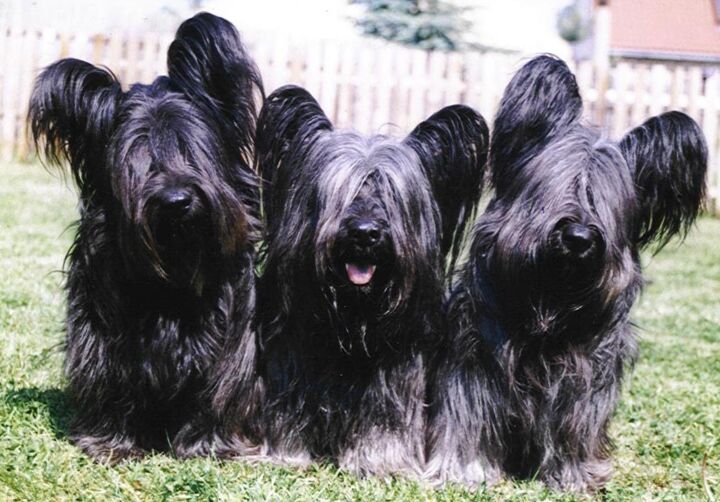
Nobody really knows what breeds or styles of dogs were used to develop the unique, Skye Terrier. We do know that it has been popular for centuries in Great Britain, Europe and America. English royalty fell in love with this breed in the 16th century and for years; the Skye Terrier was a constant resident in palaces and estates. Commoners loved this dog equally as well. In 1842, Queen Victoria acquired her first Skye Terrier and quickly began her own breeding program in the royal kennel.
Food/Diet
Skye Terriers are not active dogs so they do not need to consume a lot of calories. This being said, they still need a high quality diet formulated for dogs that are less active. It’s best to feed dry food as this can help to reduce the potential for oral health problems.
Although a rather bright dog, the Skye Terrier is not the easiest dog in the world to train.
Training
Although a rather bright dog, the Skye Terrier is not the easiest dog in the world to train. All training sessions must be made into fun events. Excited praise and special delicacies should be used consistently during the sessions. Never try to manually place the Skye into the correct position, such as sit or down. This type of method will cause the dog to growl or snap. Gently coaxing is the only training method that works for this breed.
Weight
The Skye Terrier weighs between 35 and 45 pounds and stands between 9 and 10 inches tall at the withers.
Temperament/Behavior
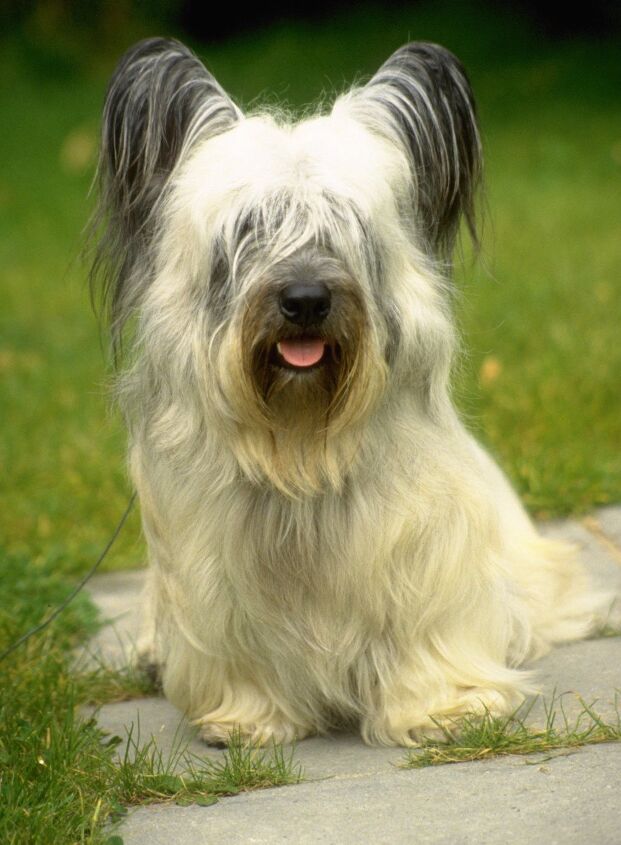
Skye Terriers are relaxed and mellow in the house. They are quite happy to chill on the couch or on the laps of their owners. This breed simply doesn’t understand how much they weigh! Skyes absolutely crave attention; they just aren’t happy unless they are the complete center of attention. He might paw at your leg, bark in your face or even drag the pillows off your couch in order to get you to pay attention to him. When ignored, the Skye Terrier can be downright destructive by chewing the furniture, tearing down the curtains or even urinating and defecating on the floor. Skyes need a lot of attention and don’t like being left alone.
A big problem with Skye Terriers is that they love to chase. They’ll chase anything and anyone. This can be problematic so it is essential that they only be allowed to play in a securely fenced yard. This breed can be aggressive with other animals, including dogs significantly larger than themselves. Early socialization and a watchful eye are necessary when other animals are around.
Common Health Problems
A rather healthy breed, the Skye Terrier has a few health predispositions of which owners should be mindful. Because this is an achondroplastic dog, meaning its body is long and his legs are short, he is prone to orthopedic problems. Limiting jumping and excessive exercise during puppyhood can help decrease the incidence of problems. Skye Terriers are also prone to health issues such as glaucoma, ectopic ureters, renal dysplasia, foramen magnum dysplasia, chronic hepatitis and Skye Limp.
Life Expectancy
Skye Terriers generally live to be between 12 and 14 years of age.
Exercise
Not an energetic fellow, the Skye Terrier doesn’t need as much exercise as many other terrier breeds. He will stay perfectly fit and happy with a quick-paced walk around the block each day. A game of fetch in the yard will also provide the Skye Terrier with enough exercise to keep him healthy.
Skye Terriers are not fans of jogging, hiking or any activity that would require athletic abilities. These are activities that he isn’t meant to do. He will be more at home with a family who prefers watching TV at home.
Skye Terriers are relaxed and mellow in the house.
AKC
The American Kennel Club states: “The Skye Terrier is an elegant dog and fiercely loyal to those he knows and loves. Although a rare breed, anyone who has the opportunity to share hearth and home with a Skye is truly fortunate. Given the chance, and with loving instruction, Skyes participate in Obedience, Agility, Tracking, and Pet Therapy, as well as serving as couch companions.” The Skye Terrier was first recognized by the AKC in 1887.
Coat
The Skye Terrier’s dual coat is incredibly luxurious to the touch. The undercoat is soft and the outer coat is quite long. Parted directly in the middle from head to croup, the coat flows straight down on its sides. This breed sports both a beard and an apron. The long coat should cover the eyes however; the average pet owner usually has this coat pulled up with a bow or barrette. The coat colors can be cream, fawn, silver, gray, blue or black. Black points on the ears, muzzle and tail are acceptable within this breed.
The Skye’s coat should be thoroughly brushed at least once or twice each week. Because the coat is long, it can quickly become matted. Frequent brushing will help remove the tangles and snarls that develop into mats. Before brushing the Skye Terrier, the coat should be misted with a spray bottle of clean water. This will prevent the fur from breaking and becoming damaged. Bathing should be done every other week. More often if the dog gets dirty.
Puppies
Early socialization with pets and people is essential for the Skye Terrier. This will help him to see that it can be fun to socialize and play with others. Puppy kindergarten classes are good as they create a base for all future training sessions.

